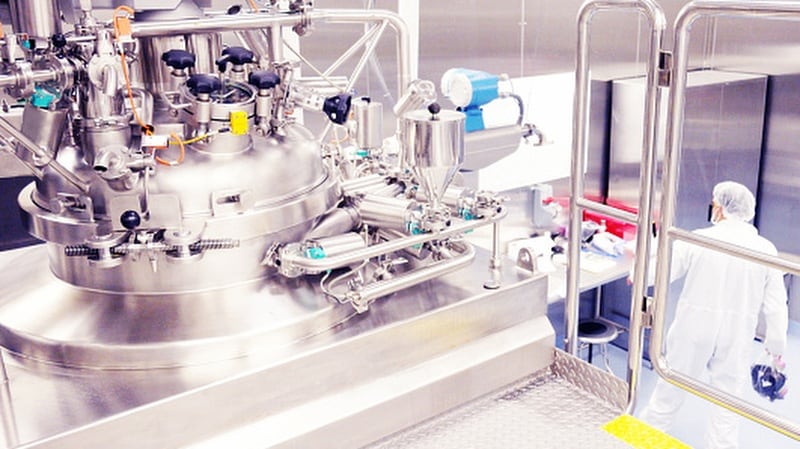This was the opinion of an expert panel which convened at the recent Asia-Pacific Agri-Food Innovation Summit in Singapore, comprising of Changing Bio CTO Li Liao, Vivici CEO Stephen van Sint Fiet, ScaleUp Bio CEO Francisco Codoner, Cauldron CEO and Co-Founder Michele Stansfield and La Trobe University Director of Precinct Development and Operations Sid Jain.
Where technology was previously a major area of focus for the precision fermentation sector given its overall characteristic of being a novel food technology, the panel concluded that this stage has now passed and the priority should be given to scale-up and commercial initiatives.
“Interest is already very high, and now the biggest challenge we are seeing is how to cater for demand in quantities of kilograms and tens of kilograms, so even though we are looking to build a 500,000 litre capacity plant in the next few years we still see capacity constraint as an issue,” Stansfield told the floor.
“There are also many start-ups in this space that are struggling to find access to facilities and bioreactors so still need to work with CDMOs (contract development and manufacturing organisations) to make enough product for pilots and regulatory purposes.
“So what is really crucial now is definitely collaboration, and the importance of this at this stage cannot [be understated] – the market is really not about competition at this stage, as we need to create the market first and then only think about competing later.”
Codoner concurred, adding that a lack of collaboration could well lead to there being no market to work with at all.
“Being unwilling to work together would likely mean killing the precision fermentation market before even creating it successfully, much less getting in any consumers to build it up – it would remain an idea in a box forever,” he said.
“This is so essential when it comes to scaling up, and there is really a lack of intermediate volume facilities in the 10,000 to 15,000 litres range at this stage as a lot of equipment was built for biopharma and that means hundreds of thousands of litres.
“Start-ups need to be able to prove their processes are stable in order to get the regulations through and prove that it is possible to produce to scale – but right now the smaller scale equipment is missing and this is a major bottleneck,”
In addition to bottlenecks at the production level, there are also major risks of such challenges developing from the other end of the spectrum, where consumer and manufacturer demand come in.
“Demand is going to go up as the industry develops, and ultimately we run the risk of running into a manufacturing capacity bottleneck,” van Sint Fiet added.
“Let’s say just one big food brand says they want to utilise precision fermentation protein and asks for tens of thousands of tons of material to make products – how will the industry work to supply that?
“This is the type of scale we need to think about, and there is still a lot that is needed to build market traction to reach more consumers and build up the understanding at that level.”
Regulations and manpower
China has established itself as a strong supporter of alternative proteins over the past few years, but there still remain several gray areas when it comes to regulatory governance for precision fermented proteins.
“Precision fermentation involves GMO, so there are still regulatory hurdles in this regard as there are no clear policies established in China yet for this area,” Li said.
“We have seen progress recently, such as the approval of human milk oligosaccharides (HMOs) as an ingredient, but there is still much to be done here.”
Beyond regulations and commercial concerns, experts within academia also believe that manpower cultivation needs to be given more time in the spotlight, or the industry risks a limited future.
“There still remains a talent and skills shortage in the industry, and the fact is that we need to create a workforce for the future, not just for now,” Jain said.
“So it is not all about building equipment, but also creating the manpower that can operate this efficiently, for example with new academic programmes to teach students the new language of bioprocessing.”





